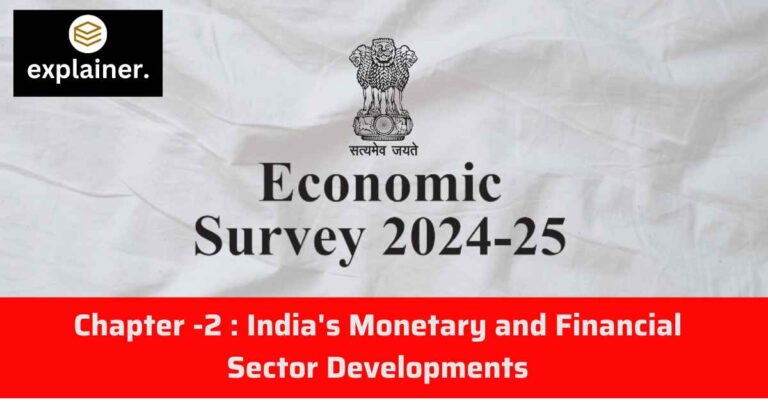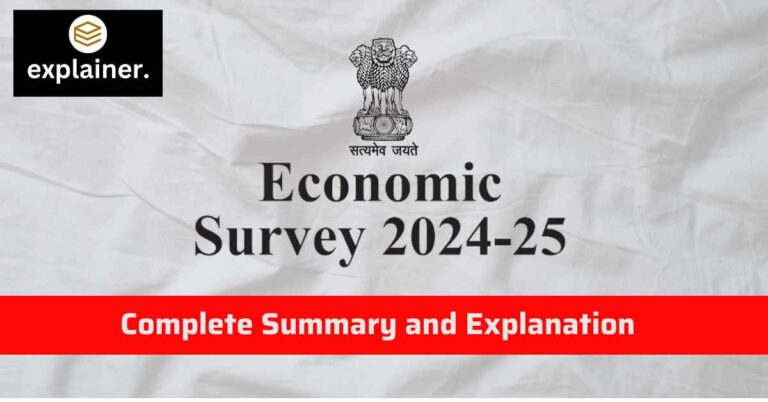December 9, 2025 12:30 am
Introduction
Digital transformation is revolutionizing the way India operates, touching every sector, from governance and education to healthcare and commerce. With over 700 million internet users and initiatives like Digital India, the country is rapidly bridging the digital divide. However, challenges such as digital literacy, infrastructure gaps, and cybersecurity threats persist. This comprehensive exploration delves into India’s digital transformation journey, its challenges, opportunities, and its impact on socio-economic development.
The Concept of Digital Transformation
What is Digital Transformation?
Digital transformation refers to the integration of digital technologies into all aspects of business, governance, and society. It includes:
- Adoption of Digital Tools: Using technologies like AI, IoT, and cloud computing to improve efficiency.
- Enhancing User Experience: Simplifying processes and ensuring accessibility for all.
- Driving Innovation: Enabling data-driven decision-making and fostering new business models.
Digital Transformation in India: Key Milestones
1. Pre-Digital Era
- Early IT initiatives in the 1990s focused on computerization in government offices and private sectors.
- Projects like NICNET (National Informatics Centre Network) laid the foundation for e-governance.
2. Post-Liberalization Push
- Liberalization in 1991 spurred growth in the IT sector, making India a global outsourcing hub.
- The Advent of Internet (1995) opened doors for connectivity and online services.
3. Digital India Programme (2015)
- Aimed at transforming India into a digitally empowered society and knowledge economy.
- Key pillars include broadband highways, universal mobile access, and e-governance.
Key Dimensions of Digital Transformation in India
1. E-Governance
- Online services such as Aadhaar, GST Network, and DigiLocker make public services accessible and transparent.
- UMANG App: Offers a unified platform for accessing government services.
2. Digital Economy
- E-commerce platforms like Amazon, Flipkart, and UPI-based payment systems like BHIM drive digital trade.
- Contribution of the digital economy to GDP is projected to reach 20% by 2025.
3. Digital Education
- Online platforms like Diksha and private initiatives like Byju’s provide e-learning solutions.
- The COVID-19 pandemic accelerated the adoption of digital classrooms.
4. Digital Healthcare
- Ayushman Bharat Digital Mission enables electronic health records and telemedicine services.
- Apps like eSanjeevani connect patients to doctors in remote areas.
5. Digital Financial Inclusion
- UPI transactions crossed 10 billion monthly in 2023, showcasing India’s fintech revolution.
- Jan Dhan-Aadhaar-Mobile (JAM) Trinity ensures direct benefit transfers to citizens.
6. Digital Agriculture
- Platforms like eNAM and AI-driven tools empower farmers with market access and predictive analytics.
- Use of IoT in precision farming enhances productivity and reduces waste.
7. Digital Infrastructure
- BharatNet connects over 2.5 lakh gram panchayats with high-speed broadband.
- Rollout of 5G technology drives advancements in IoT, AR/VR, and smart cities.
Challenges in India’s Digital Transformation
1. Digital Divide
- Rural areas, with less than 37% internet penetration, lag behind urban counterparts.
- Gender disparities persist, with women accounting for only 30% of internet users in rural India.
2. Digital Literacy
- Despite progress, only 38% of the population is digitally literate, limiting adoption of digital services.
3. Infrastructure Gaps
- Poor connectivity in remote and hilly regions, like the Northeast and Ladakh, hinders digital inclusion.
- Lack of robust data centers affects cloud computing adoption.
4. Cybersecurity Threats
- India faced over 11 lakh cybersecurity incidents in 2022, including ransomware and phishing attacks.
- Critical infrastructure, like financial systems, remains vulnerable.
5. Regulatory Challenges
- Balancing innovation and regulation in areas like cryptocurrencies, AI, and data protection is complex.
- Delayed implementation of the Data Protection Bill affects user trust.
6. Language Barriers
- Over 90% of online content is in English, limiting accessibility for non-English speaking users.
Government Initiatives Driving Digital Transformation
1. Digital India
- Comprehensive programme launched in 2015 to enhance digital infrastructure, governance, and literacy.
2. BharatNet
- Aims to connect 2.5 lakh gram panchayats with broadband, enabling rural connectivity.
3. Unified Payments Interface (UPI)
- Simplifies digital transactions and boosts financial inclusion.
4. National AI Strategy
- Focuses on leveraging AI for healthcare, agriculture, and education.
5. Startup India
- Encourages innovation and entrepreneurship, especially in the tech space.
6. National Digital Health Mission
- Digitizes healthcare delivery and creates a unified health database.
7. Smart Cities Mission
- Integrates IoT, AI, and big data to build smart and sustainable urban centers.
Opportunities in Digital Transformation
1. Digital Skilling
- Equipping the workforce with digital skills can create over 65 million jobs by 2030.
2. AI and Machine Learning
- Applications in agriculture, healthcare, and education can revolutionize service delivery.
3. E-Commerce Expansion
- India’s e-commerce market is projected to reach $200 billion by 2026, driven by tier-2 and tier-3 cities.
4. Smart Cities
- Adoption of smart technologies like IoT, 5G, and big data can make urban governance efficient.
5. Blockchain Technology
- Ensures transparency in governance, supply chains, and financial systems.
6. Cross-Sector Collaboration
- Partnerships between the government, private players, and academia can accelerate digital innovation.
Case Studies in Digital Transformation
1. Aadhaar
- World’s largest biometric identification system, covering over 1.3 billion citizens.
- Enables direct benefit transfers, reducing leakages and corruption.
2. UPI
- Unified Payments Interface revolutionized digital payments, with transactions worth ₹12.8 trillion in January 2023.
3. eNAM
- National Agriculture Market connects over 1.5 crore farmers with buyers, improving price discovery.
4. Kerala’s Digital Literacy
- Akshaya Project empowered rural communities with computer literacy, bridging the digital divide.
5. Delhi’s Online Services
- Platforms like Delhi Jal Board App and e-governance portals improve citizen services.
Impact of Digital Transformation
1. Economic Growth
- Contributes significantly to GDP through industries like IT, e-commerce, and fintech.
2. Empowerment
- Women and marginalized communities gain access to education, jobs, and healthcare.
3. Transparency and Accountability
- E-governance reduces corruption and enhances efficiency.
4. Sustainability
- Digital solutions in agriculture, energy, and transport reduce resource wastage.
Future Roadmap for Digital Transformation
1. Enhancing Connectivity
- Expand BharatNet to the remotest regions and accelerate 5G rollout.
2. Improving Digital Literacy
- Launch targeted campaigns to educate rural and underserved communities.
3. Strengthening Cybersecurity
- Develop a robust national cybersecurity strategy and infrastructure.
4. Local Language Content
- Promote multilingual platforms to cater to India’s diverse population.
5. Fostering Innovation
- Invest in emerging technologies like AI, blockchain, and quantum computing.
6. Inclusive Policies
- Ensure policies are inclusive, addressing the needs of women, rural communities, and the differently-abled.
Conclusion
Digital transformation in India is a journey of immense potential and profound impact. By addressing challenges like the digital divide, cybersecurity, and infrastructure gaps, India can harness the power of technology to drive economic growth, social equity, and sustainability. A collaborative approach involving the government, private sector, and civil society will ensure that digital transformation leaves no one behind.
Useful Links >>
UPSC Mains Syllabus – General Studies-I: This post provides a detailed breakdown of the General Studies-I syllabus, covering Indian Heritage and Culture, History, and Geography of the World and Society.
Complete Notes of History for UPSC: A comprehensive collection of history notes tailored for UPSC aspirants, encompassing ancient, medieval, and modern Indian history.
UPSC CSE Exam 2025: An Insight: Gain insights into the UPSC Civil Services Examination for 2025, including important dates, exam patterns, and preparation strategies.
Important Books for UPSC Exams: A curated list of essential books recommended for various subjects in the UPSC examination, aiding in effective study planning.
UPSC Prelims Syllabus: An in-depth overview of the UPSC Preliminary Examination syllabus, helping candidates understand the topics to focus on during their preparation.





